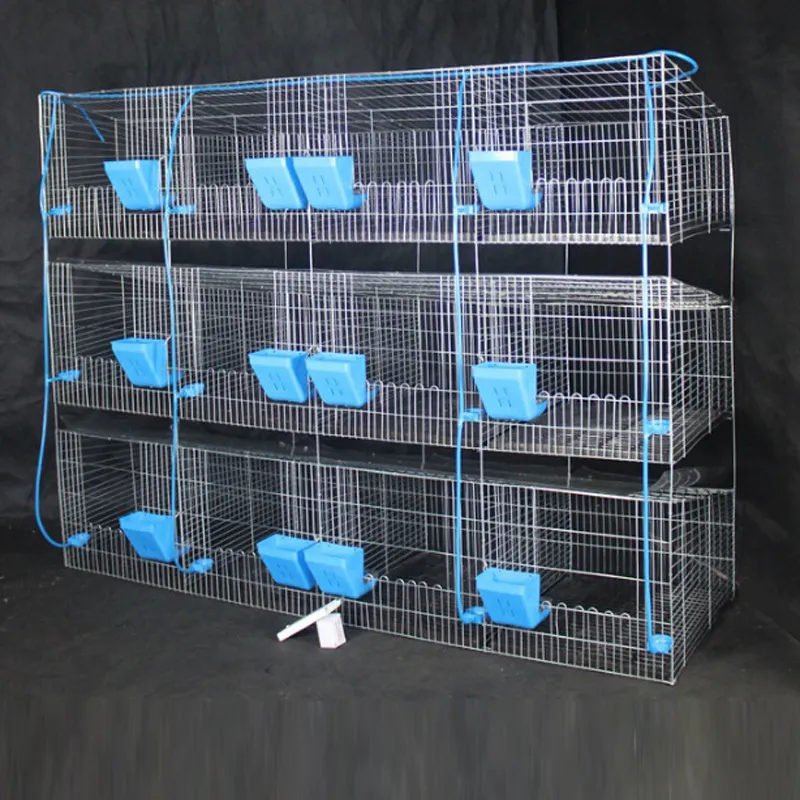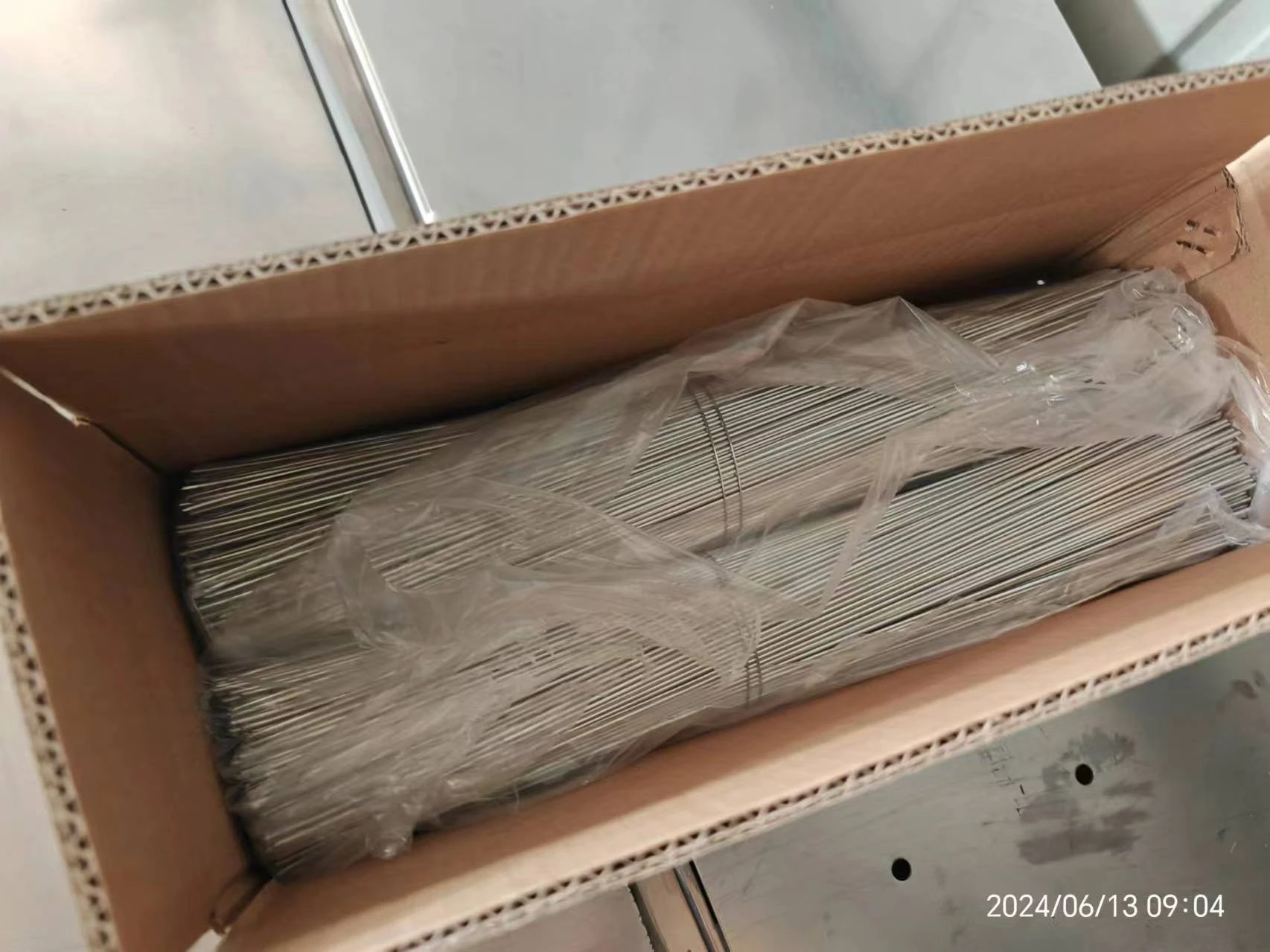

The technique of driving the screw is vital. Apply steady pressure and ensure the screw head finishes just below the surface of the drywall without tearing the paper. This slight indentation, known as dimpling, allows for seamless finishing once joint compound is applied. Over-driving can severely damage the drywall, while under-driving leaves the screw protruding, both of which can lead to unsightly and structurally weak installations. For those working with metal studs, the process slightly differs. Metal requires the use of self-drilling screws, sometimes called tec screws. These are designed to cut through metal and drywall seamlessly, providing a strong hold without the need for pre-drilling pilot holes. The application remains similar, focusing on steady pressure and proper screw placement. After screws are installed, examine the surface for any irregularities. Fill any over-driven or under-driven areas with joint compound, then sand down for a smooth finish. The key to a successful drywall installation extends beyond just screws; ensuring the surface is ready for painting or other finishes is equally important. For any DIY enthusiast or professional, practicing these techniques can lead to flawless walls that stand the test of time. With careful selection of tools and methods, installing screws in drywall becomes a task that enhances both structural and visual quality in any building project. The confidence gained in mastering this skill underscores the broader goals of quality workmanship and lasting results, illustrating both expertise and a commitment to excellence in construction and design.

















